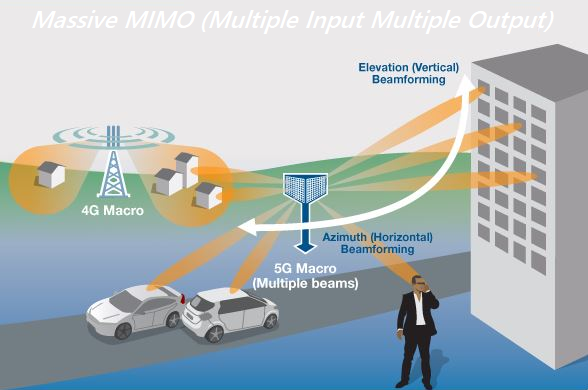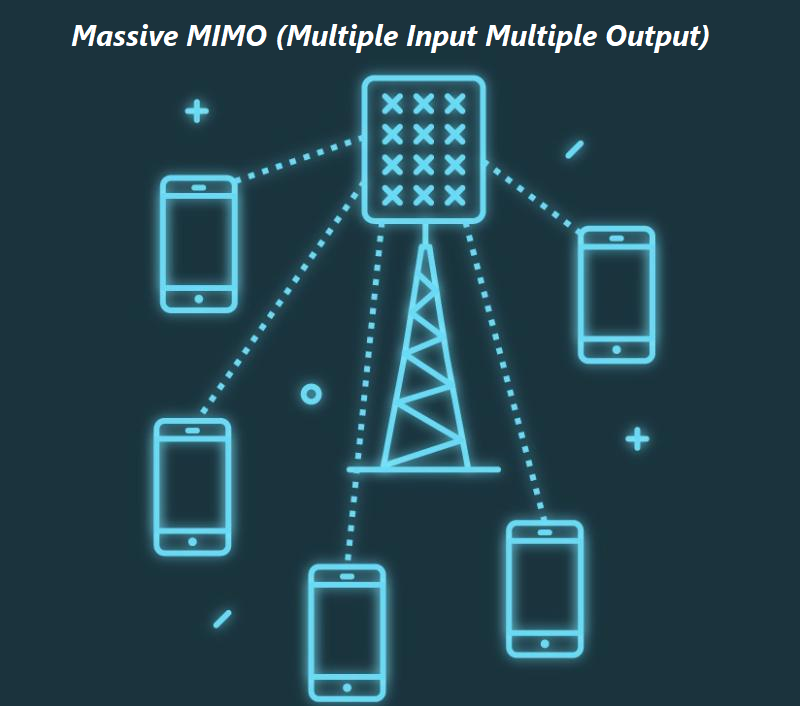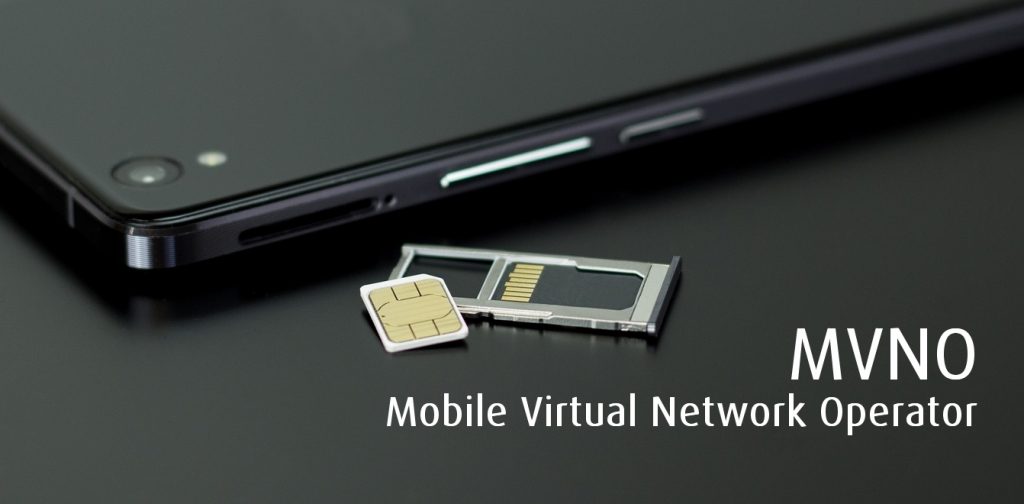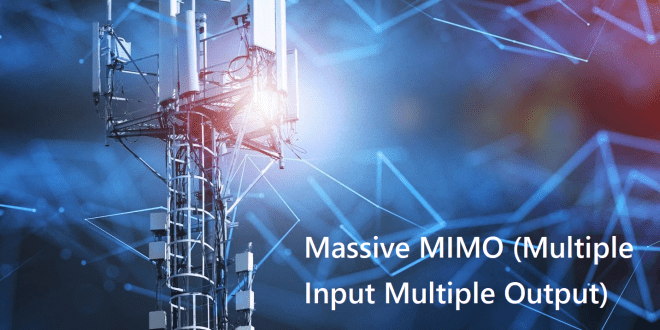Massive MIMO (Multiple Input Multiple Output)
Massive MIMO, an abbreviation for Multiple Input Multiple Output, is a key technology driving the speeds and performance of 5G networks. This section explores the concept of Massive MIMO, the advantages and significance it offers, the challenges in its implementation, and real-world applications that leverage this technology.

Introduction to Massive MIMO
- Massive MIMO Technology Massive MIMO is an advanced wireless communication technique that utilizes a large number of antennas at the base station to serve multiple users simultaneously. Unlike traditional MIMO systems that employ a few antennas, Massive MIMO leverages a massive array of antennas, often numbering in the tens or hundreds.
Exploring the Concept of Antenna Arrays
- Spatial Multiplexing: Massive MIMO employs spatial multiplexing, where multiple data streams are transmitted concurrently using the same frequency and time resources. Each stream is assigned to a specific user through beamforming.
- Beamforming is a signal processing technique used in Massive MIMO to focus the transmission power towards the intended user, resulting in improved signal quality and increased capacity.

Advantages and Significance of Massive MIMO
- Increased Spectral Efficiency: Massive MIMO significantly improves spectral efficiency by allowing the simultaneous transmission of multiple data streams to different users. This technique maximizes the utilization of available frequency resources and increases the network capacity.
- Enhanced Throughput: By employing a large number of antennas, Massive MIMO enables higher data rates and faster download speeds for individual users. This is particularly beneficial in crowded environments with numerous users, such as urban areas or stadiums.
- Improved Signal Quality: Massive MIMO mitigates the effects of interference and multipath fading by focusing the transmitted signals directly to the intended users. This leads to improved signal quality, reduced interference, and better overall network performance.
- Energy Efficiency: Despite the use of a larger number of antennas, Massive MIMO can achieve energy efficiency by employing advanced signal processing techniques, such as precoding and beamforming, to minimize power consumption.

Overcoming Challenges in Massive MIMO Implementation While Massive MIMO offers significant advantages, its implementation poses several challenges
- Channel Estimation and Feedback: Estimating the channel conditions accurately and providing timely feedback to the base station is crucial for the proper operation of Massive MIMO. Complex algorithms and efficient protocols are employed to estimate the channels and feed back the necessary information.
- Hardware Complexity: Implementing Massive MIMO requires a significant number of antennas and associated radio frequency chains, resulting in increased hardware complexity. Innovative solutions, such as antenna array designs and integrated circuit technology advancements, are employed to address this challenge.
- Signal Processing Complexity: Massive MIMO involves processing large amounts of data from multiple antennas simultaneously, which increases the computational complexity. Efficient signal processing algorithms and specialized hardware are utilized to manage the processing requirements.

Enhanced Throughput and Spectral Efficiency
- Increased User Capacity: Massive MIMO enables the base station to serve multiple users simultaneously, significantly increasing the user capacity of the network. This is particularly beneficial in densely populated areas with a high concentration of users.
- Higher Data Rates: The use of multiple antennas in Massive MIMO allows for higher data rates and improved spectral efficiency. Each user can receive data streams concurrently, resulting in faster download and upload speeds.
- Interference Mitigation: Massive MIMO employs advanced interference cancellation techniques, such as spatial multiplexing and beamforming, to mitigate interference and enhance signal quality. This ensures reliable and high-speed connectivity even in environments with high interference levels.
Massive MIMO Deployments and Case Studies Massive MIMO has been successfully deployed in various scenarios, demonstrating its effectiveness and potential
- Urban Deployments: Massive MIMO has been deployed in urban areas to address the capacity demands of densely populated cities. By utilizing a large number of antennas, operators can enhance coverage, increase capacity, and deliver high-quality connectivity to a large number of users.
- High-Traffic Environments: Massive MIMO is deployed in locations with high user density, such as stadiums, convention centers, and transportation hubs. This technology ensures reliable connectivity and high data rates, enabling seamless user experiences during major events or crowded situations.
- Rural Connectivity: Massive MIMO is leveraged in rural areas to extend coverage and improve connectivity. By deploying a massive array of antennas, network operators can reach underserved regions and provide broadband connectivity for remote communities.
- Fixed Wireless Access (FWA): Massive MIMO is utilized in FWA deployments to deliver high-speed broadband connectivity to residential and business users. By utilizing the massive antenna arrays, operators can offer fiber-like speeds wirelessly, bridging the digital divide in areas where wired infrastructure is limited.
In conclusion, Massive MIMO technology revolutionizes wireless communication in 5G networks. By employing a large number of antennas, Massive MIMO enables increased spectral efficiency, enhanced throughput, improved signal quality, and energy efficiency. While implementation challenges exist, the benefits of Massive MIMO outweigh the obstacles, leading to its deployment in various settings ranging from urban areas to rural connectivity initiatives. With its capacity to support high user density, deliver faster data rates, and mitigate interference, Massive MIMO plays a crucial role in realizing the full potential of 5G networks and enabling transformative applications across industries and communities.
By Abdul W Moghul
 MVNO MVNE MNO Mobile & Telecoms industry intelligence Telecoms Jobs, News and Business
MVNO MVNE MNO Mobile & Telecoms industry intelligence Telecoms Jobs, News and Business






